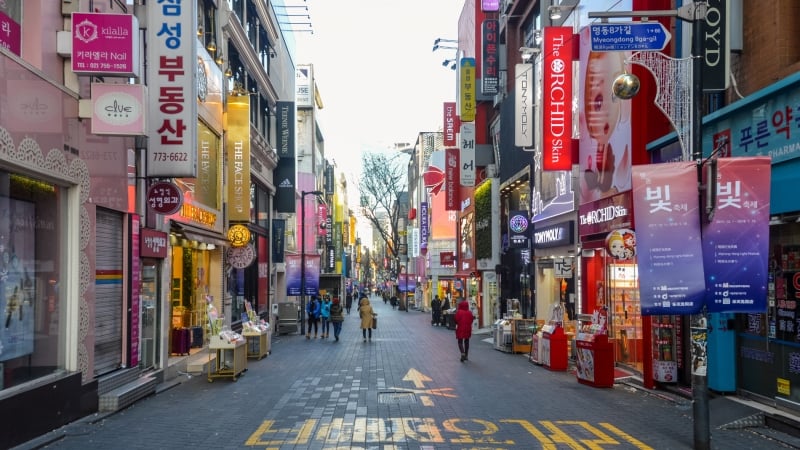In contrast to the strong recovery of domestic tourism, the Japanese yen has fallen to record lows for many consecutive months (compared to the USD), forcing Japanese people to consider cutting back on overseas travel this summer.
The yen continued to fall, falling to 161.96 yen to the dollar for the first time since December 1986. The yen's value against the euro was also at an all-time low, at 174.48 yen to the euro.
For a country as dependent on trade as Japan, a devaluation of its currency can bring many benefits to trade and tourism. However, because it is not self-sufficient in resources, Japan can still suffer great losses from this exchange rate fluctuation.

The falling value of the Yen affects many sectors of Japan.
Statistics from travel agency JTB show that the number of overseas tours during the 2024 summer holiday season is expected to increase 1% from last year to 1.75 million visitors, but only equivalent to 60% of the level before the COVID-19 pandemic.
Due to the devaluation of the Yen, the cost of items such as airfare, hotels, food, etc. when traveling abroad has become more expensive than before. This makes many Japanese people hesitate and reconsider traveling abroad. Instead of traveling abroad, many Japanese people choose to travel domestically because it is cheaper and more convenient.
According to information from JTB, the average cost of an overseas trip for Japanese people in 2024 increased by 3% compared to last year, up to 239,000 yen/person (about 1,500 USD). The main reasons for this increase include the weakening of the yen, which has caused inflation in many countries, causing prices of tourism services such as air tickets, hotels, meals, etc. to increase.

Because of that influence, Japanese people choose to travel domestically and to neighboring countries during the peak summer season.
These factors have caused a decline in Japanese demand for overseas travel. According to HIS's forecast, the number of Japanese tourists traveling abroad this summer may only reach 60% of pre-pandemic levels, much lower than the initial forecast of 80%.
In particular, due to high tour prices (1.5 times higher than 4 years ago), the number of Japanese tourists to popular destinations such as Hawaii and Guam has decreased sharply, reaching only 50% compared to 2019.
The decline in demand for overseas travel has negatively affected Japan's tourism industry, especially travel and airline companies. The tourism industry contributes a large part to Japan's GDP, so the decline in tourism could also have a negative impact on the country's economy.
For Japanese people, the devaluation of the yen can affect the family economy. But for foreigners, this is a great opportunity to travel to Japan because the cost of travel converted to their own currency is significantly reduced.
According to the Japan Times, the total number of international visitors to Japan in March exceeded 3 million for the first time in history, up 11.6% compared to the same period in 2019, before the COVID-19 pandemic. Per capita spending in the first three months of the year also increased by 52% compared to the same period in 2019.
However, the tour price cannot be reduced because some services such as air tickets, fuel, and operations have increased in price, causing the price of these services to offset other services. At this time, exchanging to Yen for shopping will be beneficial because goods in Japan are cheaper, and expensive services in Japan are now also better priced.




































